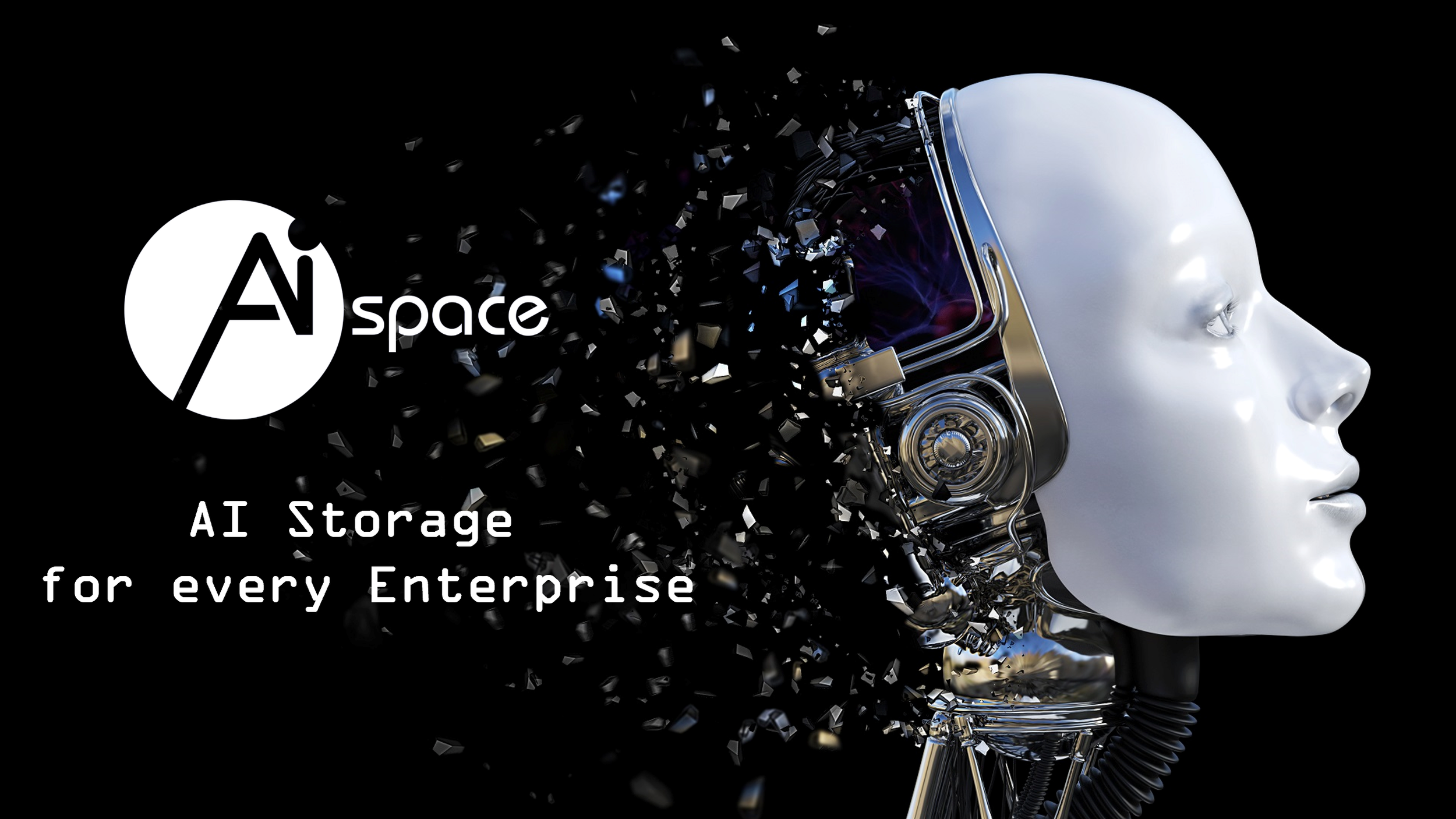In this instalment, we will explain why Artificial Intelligence is central to the “mess” in video big data.
In the first installment (Part 1), we explained:
- Why Video Big Data will absolutely dwarf current Big Data, and
- How Video is the most difficult medium to extract data
In the previous instalment (Part 2), we examined:
- the kind of data elements that we can extract from videos (speech, text, objects, activities, motion, faces, emotions)
But first, let’s examine why there is a mess in video data. The short explanation is because a large part of video data is unstructured data. In particular, data from speech and text. For example, text extracted from a 30 minutes news segment could cover multiple topics and events, mentioned numerous places and persons. To add to the complexities, we have to time-aligned when these words are spoken. In many ways, text (e.g. slide presentations that appear in videos) are the same.
Thus, we have to answer 2 key question:
- How do we meet sense of ‘messy’ video data?
- How can we extract knowledge or intelligence from that mess?
The answer lies in another form of Artificial Intelligence (A.I.) - the study of Natural Language Processing (NLP). That is because it can process and attempt to make sense of unstructured text in the following areas:
- Topic detection
- Key phrase extraction
- Sentiment analysis
The reason is because NLP can be used to turn unstructured video data into structured data. Only then can we start making sense and manipulating the data into either intelligence or actionable items like alerts, triggers, etc.
The field of Video Big Data is just starting. Without the advancement in multiple areas of Artificial Intelligence in multiple areas (Speech Recognition, Computer Vision, Facial Analysis, Text Analytics, etc.), Video Big Data wouldn’t even exist as it needs these fields to work in tandem or in sequence.
Given the rate that we are producing videos, alongside our ability to extract video data using A.I. The only way is up and we are not even close to uncovering the tip of Video Big Data iceberg.
Video Big Data will be bigger than BIG.
VideoSpace will be right in the middle of it all. Let’s put this prediction into a time capsule and revisit it in a few years.










